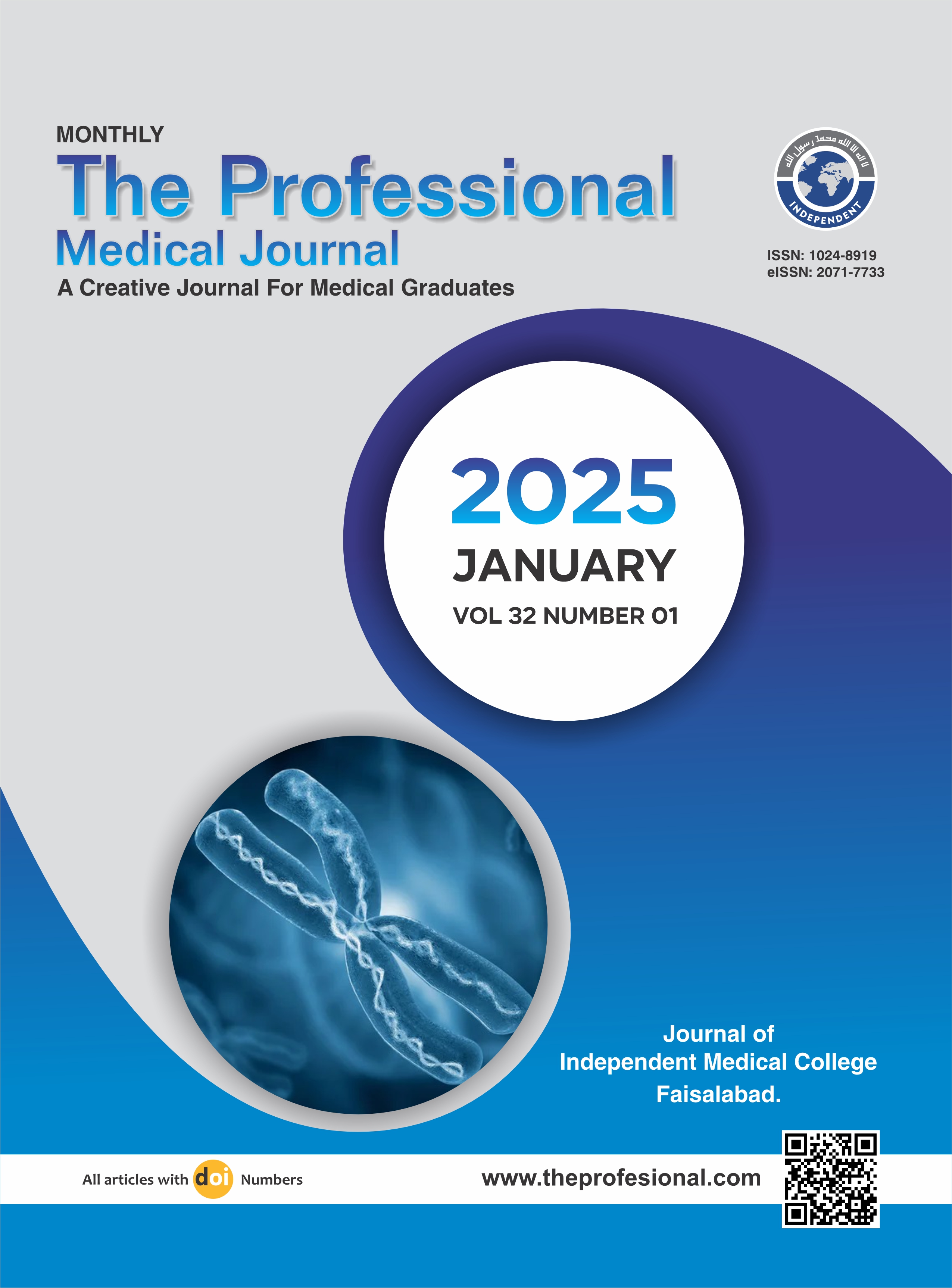Spectrum of microorganisms identified in diabetic foot ulcers; Latest trends in underdeveloped countries.
DOI:
https://doi.org/10.29309/TPMJ/2025.32.01.8596Keywords:
Diabetes, Diabetic Foot Ulcer, Diabetic Foot InfectionAbstract
Objective: To see the common microorganisms infecting diabetic foot ulcers in a tertiary care hospital of Sindh, Pakistan. Study Design: Cross Sectional Descriptive study. Setting: Department of Medicine Civil Hospital, Karachi. Period: June 2023 to November 2023. Methods: It included 102 patients of all ages and gender, who consented to participate and presented with diabetic foot ulcer. Their demographic data and data of isolated microorganism obtained from wound were recorded and analyzed in SPSS version 24. Results: There were 102 patients in our study who visited OPD as case of DFU and consented to take part in study. Mean age was 57.19 ±11.68 Years 24- 90- years patients were included. The highest number of patients 65 (63.7%) were in the 46-65 years age group, followed by the age group of more than 65 years with 21 (20.6%) of the patients. There were 31 (30.4%) females and 71 (69.6%) patients were males. The ratio of male-to-female participants was 2.2:1. Wagner grade of lesion was 40 (39.2%) were in grade 2 followed by 23 (22.5%) grade Mean age of patients who develop infection in their diabetic foot ulcer i.e. DFI was 56.64 ± 11.62 Years 24- 90- years. Patients were included. The highest number of patients 48 (64.4%) were in the 46-65 years age group, followed by the age group of more than 65 years with 17 (22.7%) of the patients. There were 25 (33.3%) females and 50(66.7%) patients were males. Mean duration of diabetes was 3.83 ±1. Wagner grade of lesion was 27(36%) were in grade 2 followed by grade 3 and 4 which was 18(24%) each. Among the 75 cases from which pathogens were isolated 46(61.3%) were monomicrobial and 29(38.7%) were Polymicrobial. Based on gram staining, 70.67% were gram negative isolates 18.67%were gram positive isolates and 10.67% mixed gram positive and negative isolates. Overall, pseudomonas auraginosa was commonest microbe isolated (41.3%) followed by Klebsiella which is 17.33%. MRSA was commonest among gram positive organism isolated from wound. Conclusion: Diabetic foot ulcers predominantly get infected by Gram negative bacteria. Proper hygienic practices must be encouraged. Appropriate educational programs targeting awareness for diabetes and related complications must be developed to prevent DFU in this cohort of population.
Downloads
Published
Issue
Section
License
Copyright (c) 2024 The Professional Medical Journal

This work is licensed under a Creative Commons Attribution-NonCommercial 4.0 International License.


